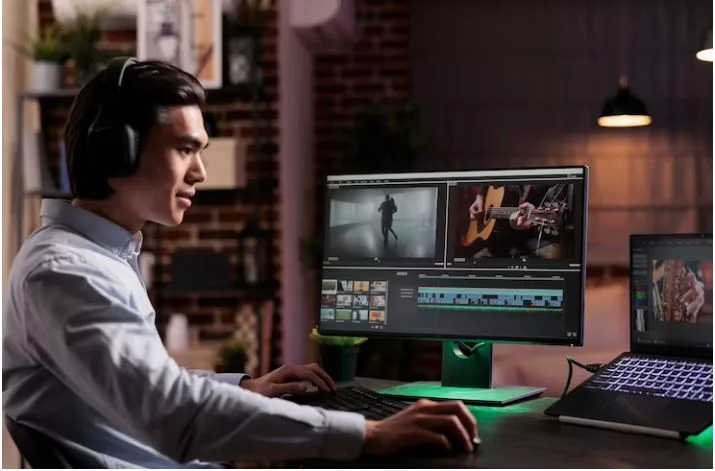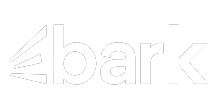Storytelling has been an essential part of human communication for thousands of years. From cave paintings to modern-day films, stories have been used to entertain, inform, and inspire.
Storyboarding is a powerful tool that helps storytellers plan and visualize their ideas before bringing them to life.
In this beginner’s guide, we’ll explore the basics of storyboarding and how to create your own storyboards before creating any movies or explainer videos.
The Basics of Storyboarding
Storyboarding is a planning process that involves creating a visual representation of a story. Storyboards are typically created using sketches, drawings, or images to show the progression of a story.
Storyboarding is an important part of the creative process because it allows you to visualize your ideas and plan how to communicate them effectively.
Elements of a good storyboard include a clear story structure, a strong visual style, and attention to detail.
A good storyboard should also include information about camera angles, lighting, and sound effects to ensure that the final product accurately represents the creator’s vision.
To create a storyboard, you will need a few essential tools and materials. These include paper, pencils or pens, markers, and any other materials that you feel comfortable working with. Digital tools such as tablets and software can also be used for storyboarding, but traditional methods are just as effective.
How to Create a Storyboard
Creating a storyboard involves a few simple steps. The first step is to identify the story that you want to tell. This could be a script for a film or a series of panels for a comic book. Once you have your story, you can begin to sketch out the key moments and scenes that you want to include.
As you work on your storyboard, it’s important to think about the pacing and flow of the story. You should also consider the visual style and tone that you want to convey. Experiment with different camera angles and shot compositions to find the best way to tell your story visually. Not to mention, searching for the best storyboard examples for your resources.
Different Types of Storyboards
There are several types of storyboards that you can use, depending on your needs.
Thumbnail Storyboards
The most common types include thumbnail storyboards, which are small sketches that provide a basic overview of the story, and detailed storyboards, which include more information about camera angles, lighting, and other details.
Animated Storyboards
Other types of storyboards include animatics, which are animated storyboards that show the movement and timing of a scene, and mood boards, which are collections of images and other visual references that help to establish the tone and style of a story.
Storyboarding in Action
Storyboarding is used in a wide range of industries, including film, travel, vacation rentals, advertising, video games, and more. One example of successful storyboarding is the Disney animation studio, which uses storyboard animation extensively in the development of their films.
In advertising, storyboards are often used to pitch ideas to clients and to plan out the visual elements of a commercial. Video game developers also use storyboards to plan out the gameplay and story elements of their games.
Conclusion
Storyboarding is an essential tool for anyone who wants to tell a story. Whether you’re a filmmaker, animator, comic book artist, or writer, storyboarding can help you plan and visualize your ideas in a way that is clear and effective. By following the steps outlined in this guide, you can create your own storyboards and unlock the power of storytelling.





